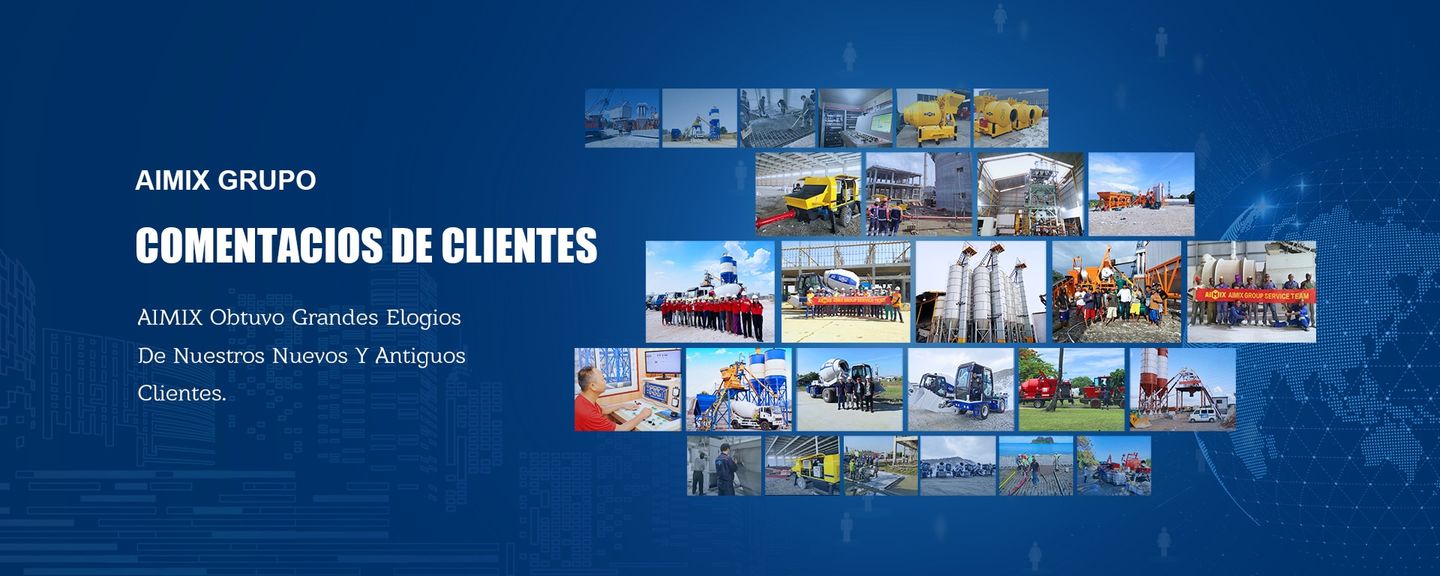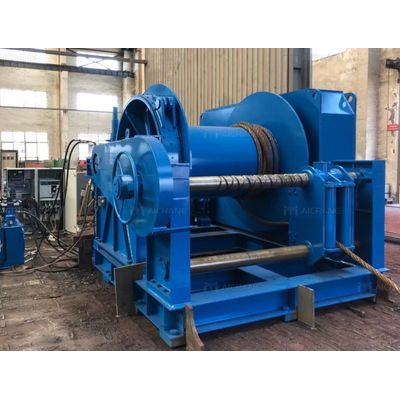

- Home
- Companies
- Aimix Group Co., Ltd
- Articles
- Understanding the Operation of a 50-Ton ...

Understanding the Operation of a 50-Ton Winch
In various industries such as construction, maritime, mining, and forestry, heavy lifting and pulling tasks are an everyday requirement. To handle these colossal demands, equipment like the 50-ton winch plays a vital role. These powerhouses of mechanical muscle can efficiently lift, lower, and move heavy loads. In this article, we will delve into the operation of a 50-ton winch, shedding light on its components, functionality, and applications in diverse fields.
Components of a 50-Ton Winch
A 50-ton winch is a complex machine with several essential components that work in tandem to handle heavy loads. Understanding these parts is crucial for comprehending how this mighty piece of equipment operates.
1. Drum: The drum is a cylindrical or spool-like component around which the winch cable or wire rope is wound. The cable wraps around the drum and is either wound in or out to lift or lower the load.
2. Wire Rope or Cable: The wire rope or cable is a high-strength steel rope that is attached to the load. As the winch operates, this rope is wound or unwound from the drum, allowing the winch to move the load up or down.
3. Gearbox: The gearbox is responsible for controlling the winch's speed and torque. It allows the operator to choose the appropriate settings for the task at hand, ensuring both efficiency and safety.
4. Hydraulic or Electric Motor: A 50-ton winch system can be powered by either a hydraulic or electric motor. The motor generates the necessary power to operate the winch. Hydraulic winches are often favored for heavy-duty applications due to their robustness, while electric winches offer more precision and control.
5. Control System: The control system, typically in the form of a remote control or a panel on the winch itself, allows the operator to control the winch's movements. This includes winding in or letting out the cable, controlling the speed, and stopping the winch when needed.
Operation of a 50-Ton Winch
The operation of a 50-ton winch involves several key steps, which are typically controlled by an operator:
1. Preparing the Winch: Before operation, the winch must be checked for any maintenance or safety issues. This includes ensuring the wire rope is properly wound on the drum, all safety mechanisms are functional, and the winch is securely anchored.
2. Setting Parameters: Depending on the specific task and the load's weight, the operator must configure the winch's settings. This includes choosing the appropriate speed and torque settings on the gearbox or control panel.
3. Activating the Winch: The operator initiates the winch by either using a remote control or the control panel. The winch motor is engaged, and the drum begins to turn.
4. Lifting or Lowering the Load: As the drum rotates, the wire rope winds in or out. When winding in, the winch lifts the load, and when winding out, it lowers the load. The operator must monitor the process carefully to ensure safety and accuracy.
5. Monitoring and Adjusting: Throughout the operation, the operator must monitor the load's position and the tension on the wire rope. If necessary, adjustments are made to maintain safety and control.
Applications of a 50-Ton Winch
The operation of a 50-ton winch finds application in a variety of industries due to its remarkable lifting capacity and versatility:
1. Construction: In construction, these winches are used for tasks such as erecting structural steel, lifting heavy construction materials, and moving large machinery.
2. Maritime: In the maritime industry, 50-ton winches are vital for tasks such as anchoring, towing, and launching lifeboats.
3. Mining: Mines rely on winches for tasks like hauling ore, equipment, and personnel up and down shafts, as well as for positioning heavy machinery.
4. Forestry: Forestry operations utilize winches for moving logs and timber, often in challenging and uneven terrains.
5. Recovery and Towing: Tow trucks and recovery vehicles utilize winches to pull vehicles out of ditches, mud, or other difficult situations.
6. Oil and Gas: In the oil and gas industry, winches are crucial for lifting heavy equipment, maintenance, and positioning drilling rigs.
Conclusion
The operation of a 50-ton winch is a complex yet highly efficient process that is crucial in a wide range of industries. Whether it's lifting heavy loads in construction, assisting in maritime activities, aiding mining operations, or supporting forestry tasks, the 50-ton winch stands as a symbol of power and precision. Understanding its components, functionality, and applications is essential for those involved in industries that rely on this robust piece of machinery. As technology continues to evolve, these winches will likely become even more advanced, offering greater safety, precision, and efficiency.
